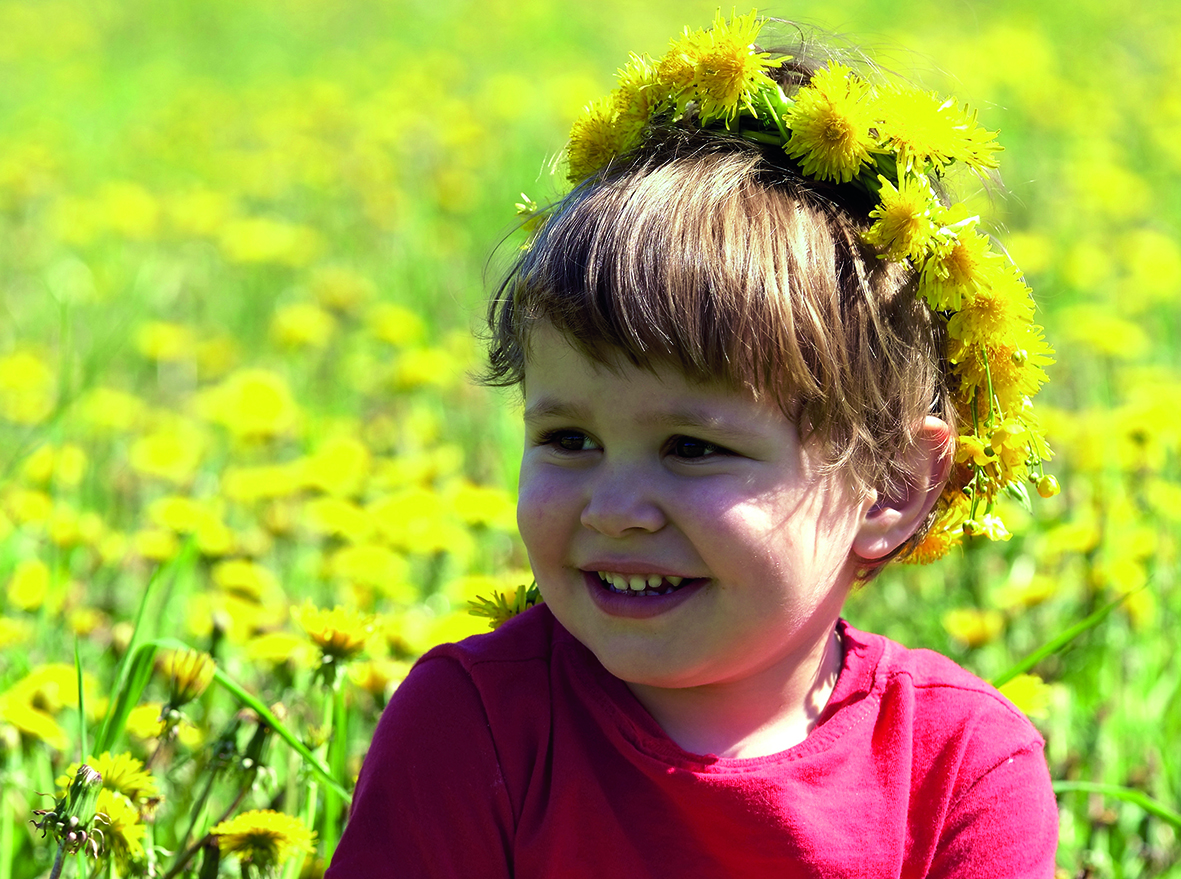
plant of the month: dandelion
 Dandelions have two very recognisable versions: the golden-yellow, toothed, circular flower early in the season and the magical spherical seed head as summer moves into autumn. In between, the flower head closes up, with the seeds packed tightly inside protective green ‘bracts’, which look like petals themselves.
Dandelions have two very recognisable versions: the golden-yellow, toothed, circular flower early in the season and the magical spherical seed head as summer moves into autumn. In between, the flower head closes up, with the seeds packed tightly inside protective green ‘bracts’, which look like petals themselves.
fact file
 Dandelions’ name comes from the Norman French for ‘lion's teeth’ – dent de lion – due to the jagged nature of their leaf profile. They grow all over Europe and beyond.
Dandelions’ name comes from the Norman French for ‘lion's teeth’ – dent de lion – due to the jagged nature of their leaf profile. They grow all over Europe and beyond.
Many parts of dandelions are edible – but if anyone has a latex allergy, they shouldn’t handle the plant.
Register now to continue reading
Thank you for visiting Nursery World and making use of our archive of more than 35,000 expert features, subject guides, case studies and policy updates. Why not register today and enjoy the following great benefits:
What's included
-
Free access to 4 subscriber-only articles per month
-
Unlimited access to news and opinion
-
Email newsletter providing activity ideas, best practice and breaking news
Already have an account? Sign in here
